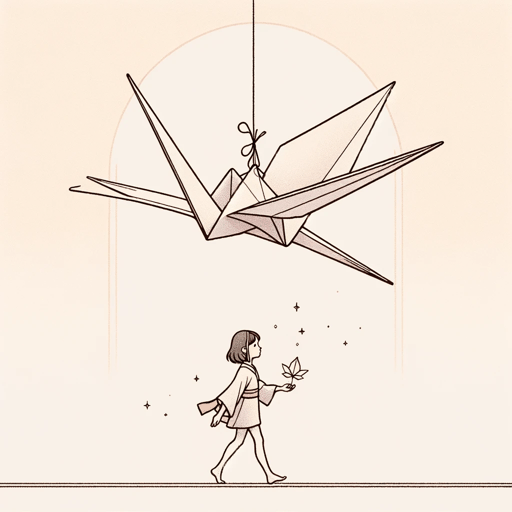50 pages • 1 hour read
Elizabeth LimSix Crimson Cranes
Fiction | Novel | YA | Published in 2021A modern alternative to SparkNotes and CliffsNotes, SuperSummary offers high-quality Study Guides with detailed chapter summaries and analysis of major themes, characters, and more.
Background
Literary Context: Fairy Tale Adaptations
A work that blends fantasy, adventure, and romance, Six Crimson Cranes heavily draws upon many fairy tales, reimagining familiar stories. The most prominent fairy tale that Elizabeth Lim alludes to is “The Wild Swans,” a Hans Christian Andersen story about an evil woman who marries a widowed king and curses his children. In the original fairy tale, the queen transforms the 11 brothers into swans but also banishes the princess, makes her unrecognizable, and forces her into silence under the threat of killing her brothers. Lim also alludes to other European fairy tales. Drawing upon “Cinderella,” Takkan finds Shiori’s slipper, the only clue he has in his search for her. Shiori and her brothers’ quest for Raikama’s true name and Zairena’s spinning of golden thread echo “Rumpelstiltskin.” Shiori’s approach to marriage and eventual connection to Takkan as her betrothed echo the conflict in Thumbelina, another Andersen story.
Like her chosen setting, Lim weaves European fairy tales with those from Japan and China. “The Tale of the Bamboo Cutter,” also known as “The Tale of Princess Kaguya,” is a Heian Period Japanese tale about the immortal princess of the moon, who rebuffs many suitors until she falls in love with an emperor, but ultimately returns to the heavens.
Featured Collections
Appearance Versus Reality
View Collection
Asian American & Pacific Islander...
View Collection
Brothers & Sisters
View Collection
Coming-of-Age Journeys
View Collection
Diverse Voices (High School)
View Collection
Mothers
View Collection
New York Times Best Sellers
View Collection
Romance
View Collection
The Best of "Best Book" Lists
View Collection
Trust & Doubt
View Collection
Truth & Lies
View Collection

